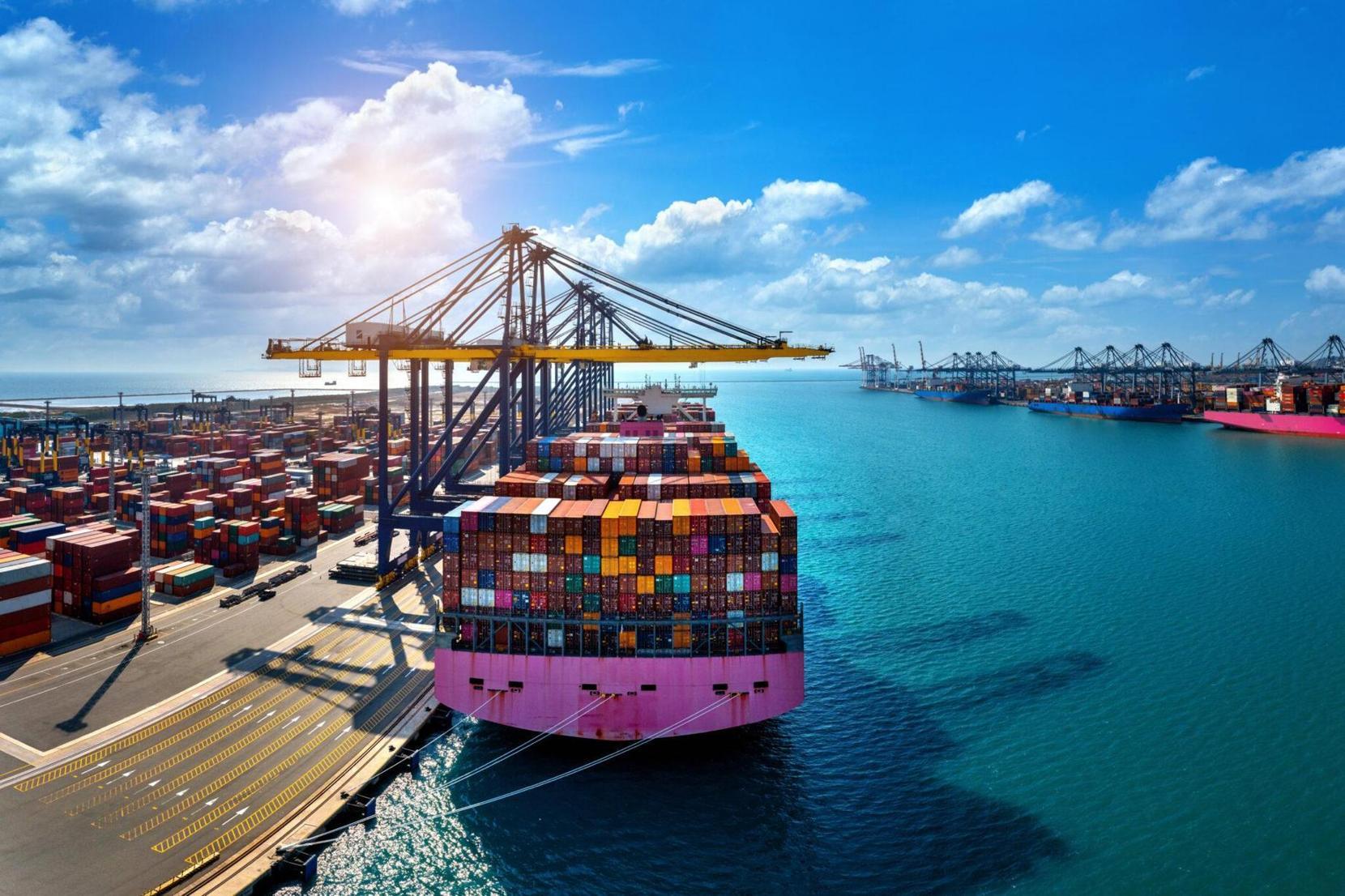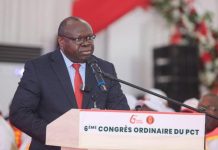Africa-Press – Rwanda. According to the African Development Bank’s 2023 African Economic Outlook, the African continent is positioned to be the second-fastest growing region in the world. Cross-border partnerships have contributed to the continent’s economic resilience, enabling countries to pool collective resources, maximize efficiencies and stimulate economic diversification, with a view to transforming simple import/export processes into integrated production networks and scalable economic models.
The MSGBC Basin
Straddling the Atlantic Coast of West Africa, the MSGBC Region – comprising Mauritania, Senegal, The Gambia, Guinea-Bissau and Guinea-Conakry – holds sizable offshore oil and gas reserves, untapped renewable energy potential and close proximity to European markets.
Expected to start production mid-2024, the cross-border Greater Tortue Ahmeyim offshore LNG project is poised to be a strategic catalyst for economic development in the region, positioning Mauritania and Senegal as major gas producers. Meanwhile, Senegal’s Sangomar Field Development, Mauritania’s BirAllah offshore gas field and exploration company FAR’s prospecting activities in The Gambia, among other upstream developments, are set to drive regional cooperation through resource sharing and infrastructure development.
Lobito Corridor Project
Last October, an MOU was signed between the U.S. Government, European Commission, African Finance Corporation and host governments of Zambia, Angola and the Democratic Republic of the Congo (DRC). The agreement outlined collaboration across multiple sectors to realize the full economic potential of mining activities in Central and Southern Africa. Driven by the Lobito Corridor and Zambia-Lobito railway initiatives, the partnership between Angola and the landlocked countries of Zambia and the DRC will facilitate trade between the resource-rich countries of the Copperbelt and international markets in Europe, Asia and America.
East African Crude Oil Pipeline
Set to transport oil from Uganda’s Lake Albert oilfields to the Port of Tanga in Tanzania where it will be shipped to international markets, the 1,443-km East African Crude Oil Pipeline (EACOP) will facilitate energy access across the region, while driving resource monetization and generating new export revenues for both countries.
Last December, Tanzanian logistics provider and partner to EACOP SuperDoll hosted a ceremony uniting key project stakeholders to launch the pipeline’s main construction phase. Shareholders in EACOP include supermajor TotalEnergies, Uganda National Oil Company, Tanzania Petroleum Development Corporation and China’s state-owned China National Offshore Oil Corporation.
DRC-Zambia Battery Plant
The partnership between the DRC and Zambia to produce nickel, manganese, cobalt and other inputs for lithium-ion batteries is central to Africa’s ambition to add value to its raw minerals. Last February, Zambia’s Special Assistant to the President for Investment and Development Jito Kayumba announced the establishment of a battery council between the two countries, with feasibility studies currently awaiting a report.
The capacity of the plant is envisaged to produce 100,000 tons of nickel-manganese-cobalt oxides per year, which would require a refined input of approximately 48,000 tons of nickel, 15,000 tons of manganese and 16,000 tons of cobalt. International support – particularly from the U.S. – for the development of the Lobito Corridor project is poised to increase investment prospects in the DRC-Zambia Battery plant.
African Continental Free Trade Area
Presenting a major opportunity to enhance regional growth and trade among African countries, the African Continental Free Trade Area (AfCFTA) agreement is poised to connect 1.3 billion Africans across 55 countries, bringing innumerable benefits to SMEs across the continent. Full implementation of the AfCFTA agreement – conducted in three phases – requires the standardization of intra-regional policies such as trade facilitation and services, as well as regulatory measures and technical barriers that inhibit trade. The AfCFTA will reduce tariffs among member countries, reshaping the African market and regional economies.
The AfCFTA entered into force on May 30, 2019, and officially launched on January 1, 2021, following the commencement of trade agreements under the regime. South Africa’s Ministry of Trade, Industry and Competition launched the implementation of the start of preferential trade by the country on January 31, 2024.
source:energycapitalpower
For More News And Analysis About Rwanda Follow Africa-Press






